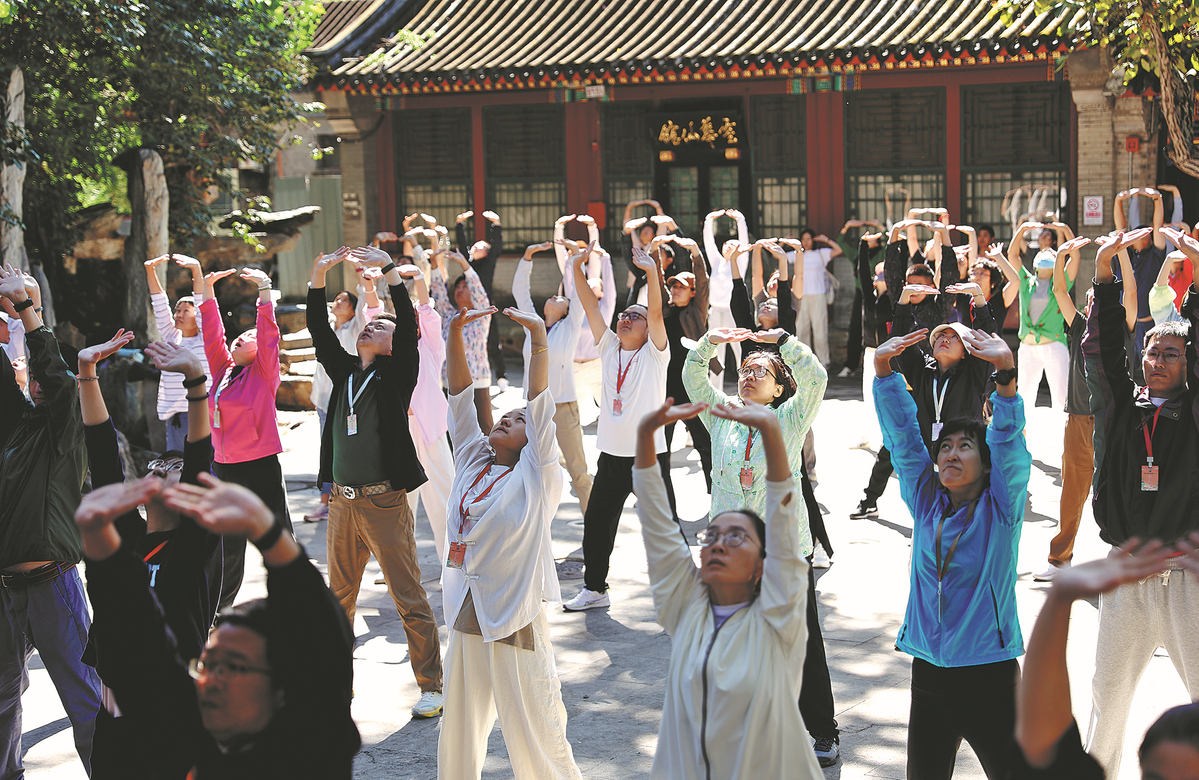

Places of healing
Temples have played an important role in the capital city's public life since ancient times.
Susan Naquin, professor emerita of history and East Asian studies at Princeton University, highlighted this historical role in her book, Peking: Temples and City Life, 1400-1900.
Beijing's temples were the true center of public life in the city and hosted a wide range of activities including theatrical performances, markets, charitable relief, scholarly gatherings, festive pilgrimages and book fairs, as well as art and leisure activities. All these public activities contributed to Beijing building a shared urban culture, and helped to form a "Beijing citizen" identity shared by people across the city.
Residents with different occupations in Beijing followed their own customs, rules and habits in their daily lives. However, they shared a common need for psychological comfort. Religion, to a great extent, provided them with a place for spiritual solace, according to Naquin.
Deng, the teacher, said that young people in Beijing are under too much pressure from intense competition nowadays, and when their bodies can no longer cope, they develop various ailments.
"Whether they're going on a trip or just going out for fun, many of their tensions or discomfort may be alleviated," he said. "But once they return to their usual surroundings, they find themselves feeling tense again. It's like their old habits, even their walking pace and breathing, might quicken."
The temple provides a kind of retreat, a completely different environment, amid the pressures of living in Beijing.
"Only when a person becomes calm and composed can they truly handle their affairs. It's interesting how problems often seem insurmountable before they happen. But once they've passed, they often appear less significant. This is a natural part of the human experience," said Deng.
"By approaching all matters with a calm demeanor, we can reduce stress and anxiety. Because eventually, everything will pass."